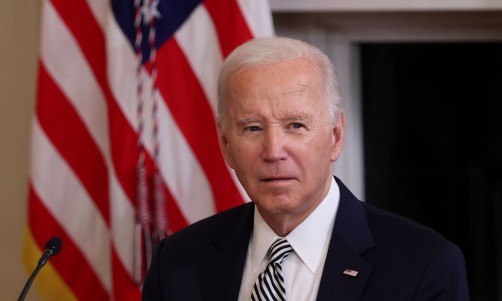Space enthusiasts and NASA have always wondered why NASA would scrap the Space Shuttle program when it was yet to find a replacement launch vehicle for space exploration. But NASA instructor and flight controller, Robert Frost, took his time to explain the rationale behind the development on a popular question-and-answer online forum among other related issues.
According to Frost, the decision to scrap the space shuttle was not an individual resolution reached by NASA alone - it was actually a decision made by the government under the administration of former President William Bush in 2004.
Former President Bush announced the retirement of the space shuttle in 2010
Former President Bush had said back then that following a 30-year flight duty, that the space shuttle would be retired in 2010. He added that the main duty of the space shuttle before its retirement was to facilitate the completion of the International Space Station (ISS) after it went through safety modifications based on the advice of the Columbia Accident Investigation Board.
In a post published on Forbes, Frost explained that the government of President Bush had looked forward to replacing the space shuttle with the Crew Exploration Vehicle (CEV) which was designed for Moon and Mars flights. To this extent, the sum of $11 billion out of the five-year $86 billion allocated to NASA would be deployed to funding and construction and flight operations to be undertaken by the new lunar vehicle.
Although former President Bush enjoined the Congress to release $1 billion to NASA as an additional fund to finance these projects, Frost clarified that NASA's budget for space programs became stifled. At this time, the space agency was also financing several orbiters and a space effort known as Constellation which was meant to help astronauts navigate low Earth orbit.
NASA faced shortages of funds, space experts, and the problems of a new government
With the paucity of funds for NASA came the paucity of specialists trained for space flight operations. This development forced NASA to transfer some of the limited spaceflight personnel already deployed for the space shuttle and ISS programs to the new Constellation program. You can add to these problems the challenges of developing new space technologies and spacecrafts to undertake new missions that were fraught with unknown risks and unforeseen complications.
Frost added that Congress failed to release the funds required to complete the CEV in due time, and with the end of President Bush's administration came a new government with new space agendas which set new space priorities - such as the cancellation of the Constellation project and the renaming of the CEV program as Orion with new objectives. This was also the time when commercial spaceflight licenses were issued to space companies such as Boeing and SpaceX to transport astronauts to the ISS among other space missions.













